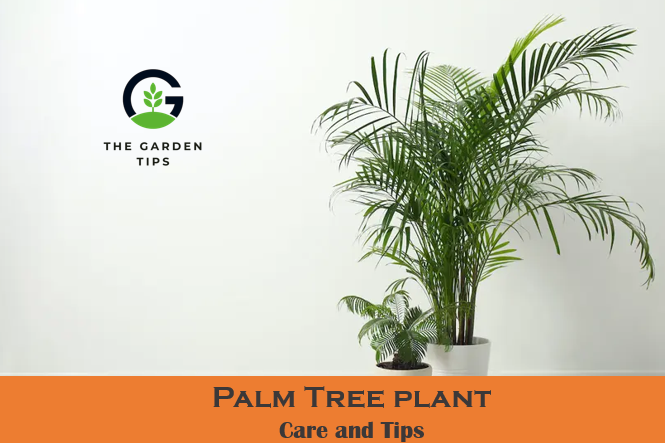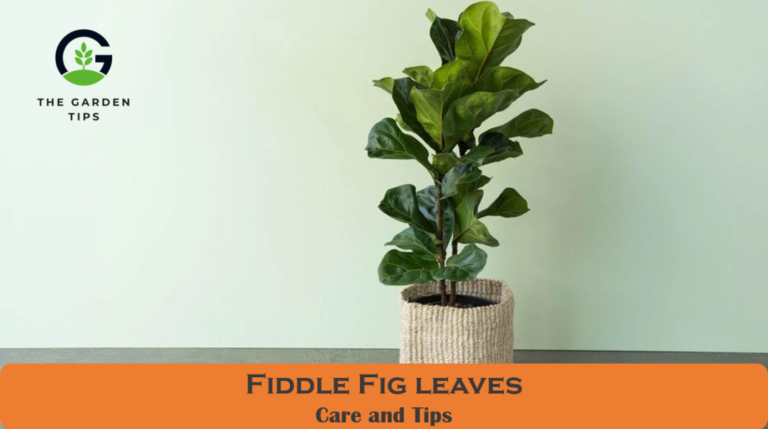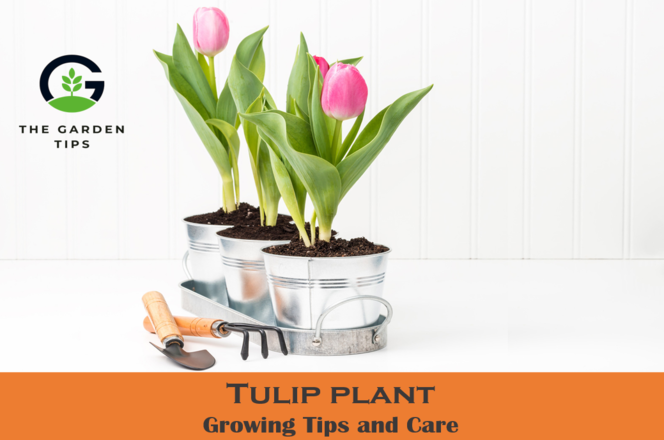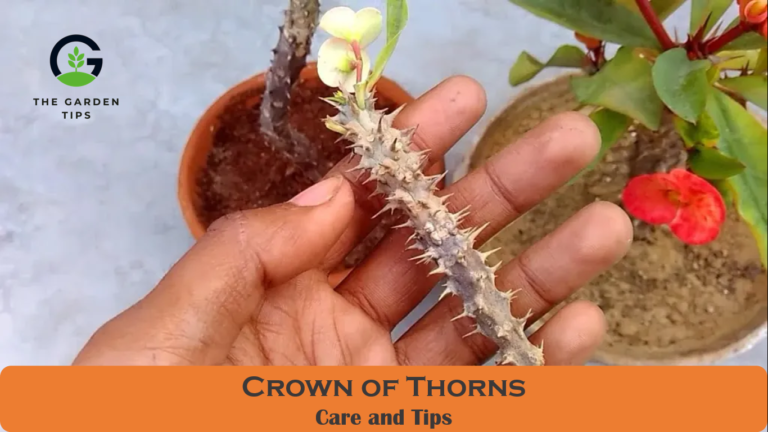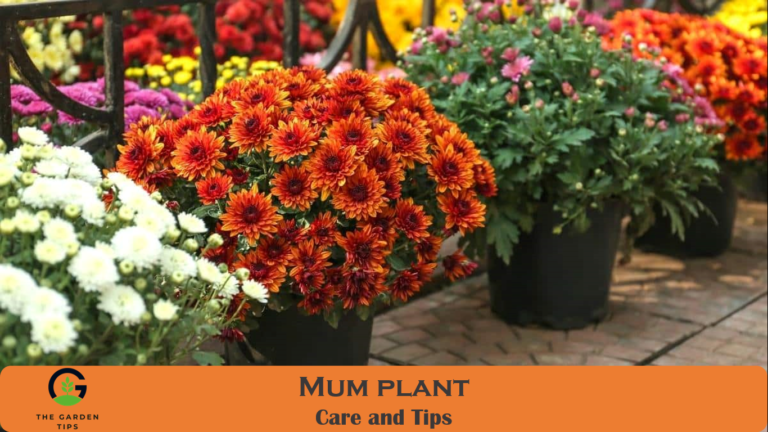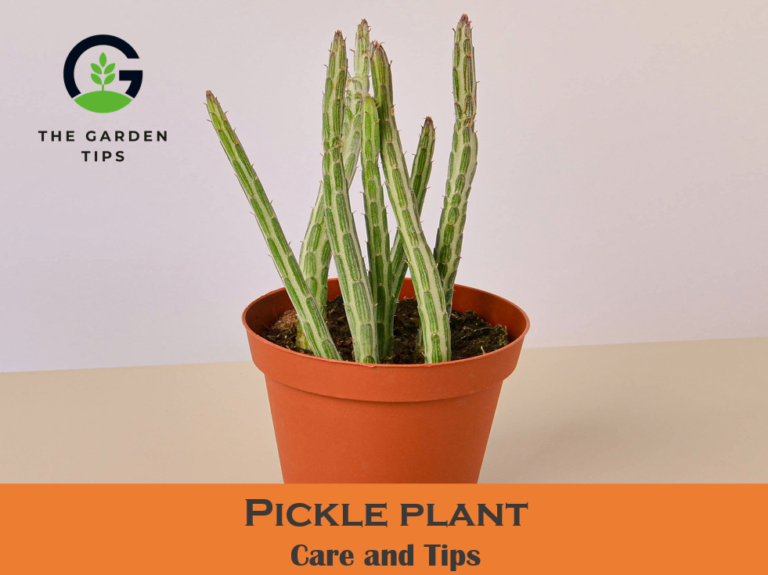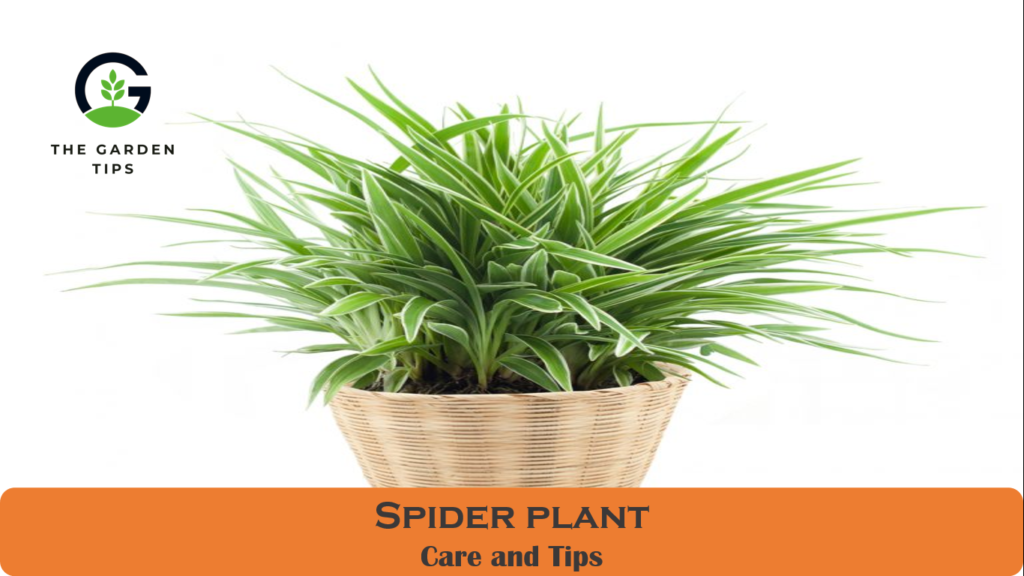
A plant that can display in your home as a tabletop or mantle plant, or make it one of the focal points of your décor by utilizing it as a hanging centerpiece. You can also enjoy this species’ air-purifying capabilities to prevent poisonous pollutants from entering the air around you. Spider plant ground cover can also be a good choice for your garden,
What is Spider Plant?
Spider plants hang plants with long stems and grow vertically towards the light. They do well when they hang down from windowsills or shelves and look just as good grown in small pots atop furniture where their foliage cascades down.
These versatile houseplants do particularly well outdoors in warm climates – either in planters or trained to grow up along fences or walls as ground cover! You can even use very long ties to prepare your spider plant(s) in spirals around poles for dramatic effect!
How to Take Care of a Spider Plant
Spider Plant Light Requirements
Outside, spider plants thrive in the partial shade of about two-thirds to three-fifths of sunlight. They can also survive being in heavy shade, but their development may be stunted because they cannot receive as much light during the day. Indoor gentle light in a window that gets indirect sun is ideal.
Best soil for spider plant
These plants grow best in loamy soil with a neutral pH and good drainage. Spider plants can grow well in slightly acidic to even alkaline soil when it comes to spider plants. But you’ll want to avoid watering your plant with water that has high levels of salts in case the tips of your leaves begin to turn brown.
Water Requirement of Spider Plant
Spider plants need well-draining soil with an evenly moist environment. However, the soil shouldn’t be soggy. Overwatering can cause root rot for spider plants, ultimately killing them. Spider plant is sensitive to chlorine and fluoride, common in tap water, so if possible, use distilled water.
Perfect Temperature and Humidity for spider plant growth
It is essential to provide the right warmth and humidity for your spider plants to grow. For instance, temperatures between 60-80 degrees Fahrenheit are perfect, but temperature fluctuations alongside drafts or direct sunlight from windows can devastate spider plants. Likewise, if there’s insufficient air circulation, this will stunt their growth.
One way you might be able to keep your plant thriving despite challenging circumstances is by misting it so that the humidity remains at an adequate level. Primarily during summer since spider plants have been known to dry out quickly in dry conditions.
Fertilizer requirement of spider plant
These plants require a balanced diet and are best fed with a custom-mixed fertilizer applied during the spring and summer seasons (or once every 1-2 months).
It is essential to use an all-purpose granular or water-soluble plant food throughout their growth because excessive feeding can cause brown leaf tips, while poor feeding will result in weak growth.
Fertilize based on the label recommendations and alter if your plant’s growth is stunted more than usual. However, you must be careful not to overfeed your plants.
Types of Spider Plant available in the market
There are several varieties of spider plants, including:
- Bonnie
- Vittatum
- Variegatum
- Pruning
How to Propagate Spider Plant
Spider plants are a perfect starter plant because they are easy to propagate and grow so fast that, within no time at all, you’ll want to share them with your friends and family.
- Once the tiny plantlets on a spider plant’s stem that are at least an inch or two long develop roots, they can be transferred.
- Use sharp pruning shears to cut the basal off of the mother plant’s stem, making sure to keep the root intact on the baby just starting to grow before planting it in some soil.
- It’s essential to choose an appropriate container to plant these plants. Clay or plastic pots work well because they hold moisture and allow the tiny roots to grow.
- Make sure to keep the soil moist but not soggy, as this will only bog down the roots, leading to yellowing leaves, stunted growth, and rotting of the root system.
- Pot them in a well-draining clay or plastic container filled with the potting medium, and make sure the soil stays moist (but not soggy) until they become established.
How to Grow Spider Plant From Seed
Propagation by seed is very uncommon with this species; in reality, one can divide roots or plant offsets to get more plants. If you are fortunate enough to have a plant blooming and producing seeds, you may be interested in using the seed pod method.
When propagating a spider plant using fertile seeds, you can cross-pollinate the flowers by using a small artist’s brush or cotton swab to paint across individual blooms once they appear. Ensure that you’ve brushed all the flowers with this method if you want to ensure that all blossoms have been effectively pollinated.
Once the flowers are gone, the tiny pods that begin to form will eventually dry out and pop open. Inside you should find seeds that look like white poppy seeds. Plant them 1/2 inch into an appropriate growing medium to ensure they sprout, or start your little army dressed up as trees!
Common Issues with a Spider Plant
Overwintering VS Spider Plant
If a plant is kept outside in the freeze and doesn’t experience autumn and winter months, it is best to keep touching up the root base with water once or twice a week because it will help nutrients keep going up throughout the roots. Mist it regularly as well to help the moisture penetrate deeper.
Pest and Diseases
Spider plants are a beautiful addition to any home. However, a few pests can affect them. In Pests of a spider plant, aphids and whiteflies can feed on spider plants, turning the leaves brown and causing them to die. To combat these infestations, rinse the plant with water or use an insecticide if needed. Another natural choice for keeping spider plant foliage healthy is applying neem oil.
Potting and Repotting of a Spider Plant
Spider plants are usually in small plastic containers with a lot of moisture. The water is the issue here – it’s high enough to drown the spider plants if they sit in the containers long enough. So, ensure that your pots have drainage holes and use potting mix instead of soil.
Once you know that it needs repotting, remember that spring is best for this activity to avoid any shock because getting a plant out of one pot and putting it in another where there is more room around it can be stressful.
Frequently Asked Questions about Spider Plant
How to Get Spider Plant to Bloom
Whether or not your spider plant is flowering, you can try giving it more light. You may be rewarded with small white flowers about an inch across. If you skip re-potting the plant, it seems to bloom more! Because these plants are so likely to bloom when slightly root-bound, that proves how crucial regular re-potting can be to your plants.
Should I cut the brown tips off my spider plant?
It would be best if you used sharp scissors to remove the browned tips of your spider plant. Make your cuts so it looks like the natural, hand-shaped leaves of the spider plant.
Why are the tips of my spider plant leaves turning brown?
Under-watering and over-watering can both cause brown leaf tips. While under-watering causes the leaves to wilt, over-watering causes the roots to rot, which means water and nutrients stop getting to your plant. This results in pale green or brown leaves.
How do I make my spider plant thicker?
It is vital to know the best time to report to grow your spider plant thicker. The best way of knowing the pot will be ready for this task is by checking for root growth. If you can see new roots emerging from tiny holes in the bottom of your plant’s container, it’s time to change that plant’s location.
Related Posts


